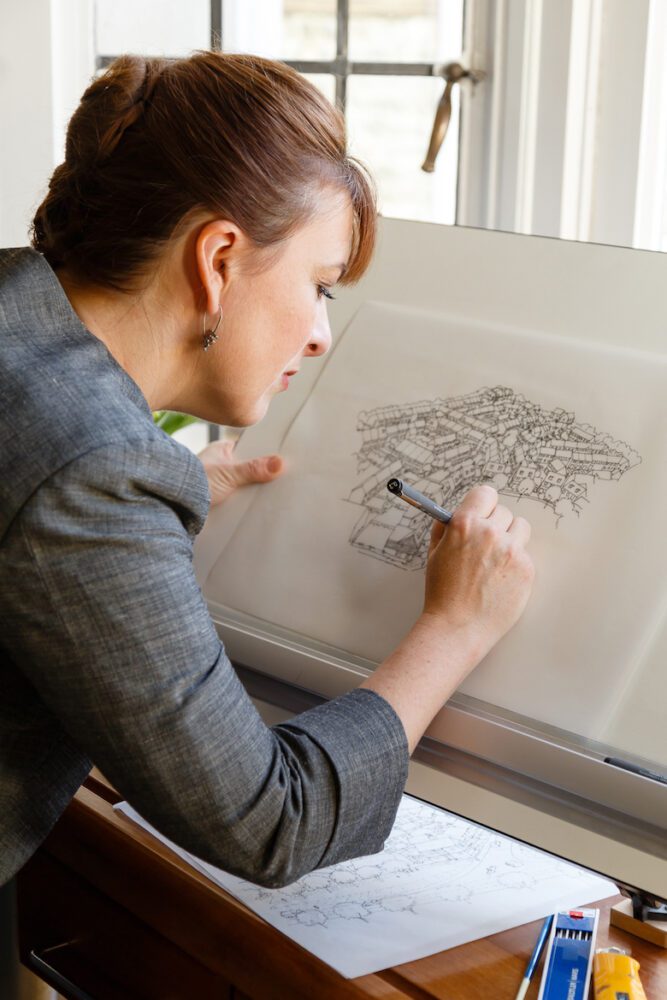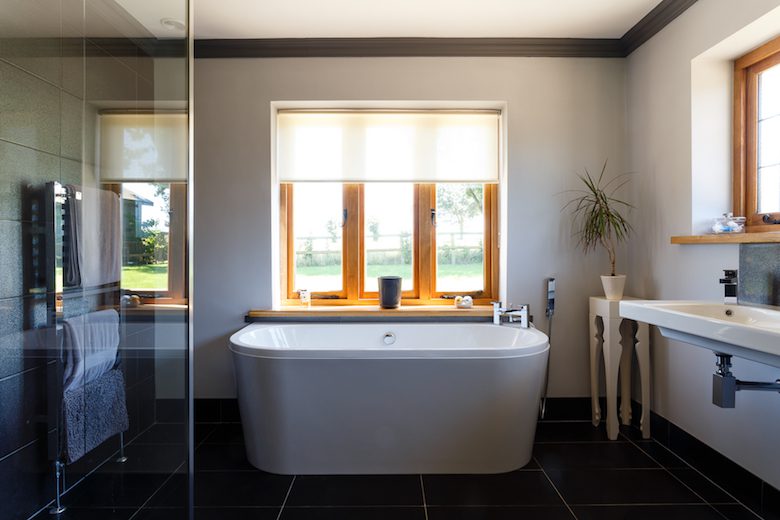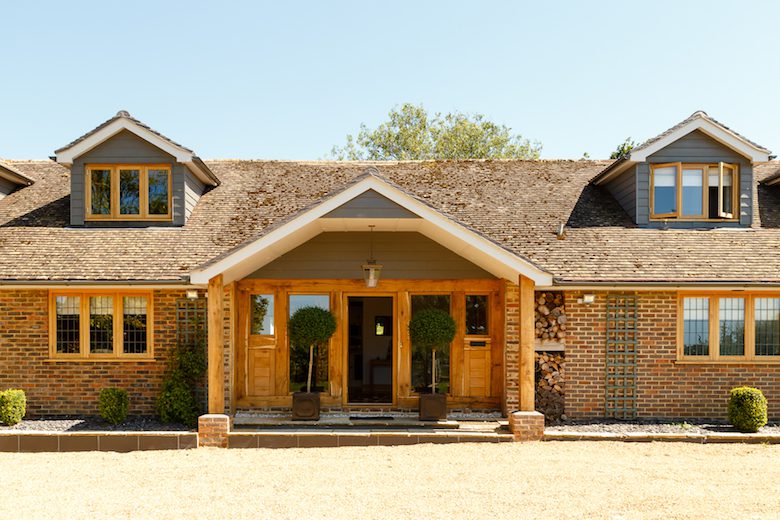This month in Meet the Creatives we are delighted to be featuring local architect Nicola Furner. Nicola runs a small, thriving practice in Lewes and has her finger firmly on the pulse of not only architectural design and developments, but also sustainable design. Read on to find out how a fascination with the Wombles helped steer her on her career path, and why she treasures a tool belt and technical drawing pens over technology.
Welcome, Nicola!

Can you tell us what you do, and how you came to be doing it?
I grew up on the job site as my father is a Civil Structural Engineer, so my earliest memories are of drawing on the back of old Diazotype prints and playing with Meccano sets – gender based toys were not a factor in our household! I knew when I was only six that I wanted to be an architect. A fascination with the Wombles at an early age and environmentally ethical parents led naturally to me pursing a career as a sustainable architect long before it became fashionable.
Where do you draw inspiration from, and what do you do if you ever feel creatively stuck?
On a micro level I am surrounded by other creatives in different fields, both in the Star Brewery where I work and living in Lewes, and I draw inspiration from them. On as more holistic level I have always been able to go out in any weather and physically and intellectually recharge from my environment, whether natural or man-made. If all else fails I have no problem with inhabiting my children’s world for a while and seeing everything from a child’s narrative as they will always engage in creative play.
What do you love most about your job?

I feel very fortunate in my job. Although I have a practical profession, my work is interwoven with threads of history, psychology, sociology, art and maths so I am constantly learning while I create. Fortunately, I also have inspiring clients who encourage this and who are open to environmentally conscious products, creative ideas and adaptive reuse.
What are the most exciting developments in terms of interiors (furniture, product design, sustainability, interior design etc) that you see coming up in the future?
I am most excited about the potential for adapting materials we have already produced, and that are now waste, into the new building products of the future. In the past we had no choice but to adapt and reuse the materials we had. Now we need to get back to our sentient roots and create new things out of old. If you have to make windows out of plastic it should be with a minimum requirement of recycled plastic, and there should be more use of Glulam beams in place of those made from energy-intensive steel. The government should consult the professionals on the best ways to save our natural resources, and the products should be made in the UK. The public and our clients want to see creative solutions, and they’re now using their purchasing power to ensure that environmentally sound products are a viable marketplace alternative.
What are your most treasured household objects?
A very battered easel that belonged to my grandad who started painting later in life, a 1930’s pudding basin of my nana’s, my suede toolbelt from early days spent working on site and my Rotring Rapidograph Pens from my initial training on the drafting board. They perfectly represent past, present and future life tools and act as mnemonic counter devices to all the computer technology I am surrounded by every day in my work. Computers make designing a thousand times more efficient and can be inspiring to work with, but they will never be tactile.
As an object of pure beauty however it would have to be a painting of the Sussex Downs by Harold Mockford, a family friend. The vibrant colours and interplay of light are enervating and always make me want to pull out my paintbrushes and sketchpad.
What are the main challenges you face in your professional life, and how do you try to overcome them?

Our most important challenge is ensuring that we encapsulate as many of the client’s dreams and desires into the final built design as possible without going over their budget. Designs can’t be static and must constantly evolve and adapt to their surroundings. We get great satisfaction from creating something beautiful and innovative that the client will treasure, on a shoestring budget.
Occasionally we get a client who has no idea what they want, but they know they are missing something in the way they inhabit and interact with their existing space. We become a hybrid of creator and translator of ideas – some more ephemeral than others. I am very fortunate as I employ a wonderful 3D Technician who can put my designs into ‘real life’ format, and an inspiring architectural photographer, Carlotta Luke, who captures the magic of the ‘before’ and ‘after’ spaces.
If you could visit any house/ building in the world, where would you go?
I’m fascinated with the ways buildings evolve to adapt to their surroundings, so Japan would be my dream destination. I’d visit and study the pagoda at the Horyu-Ji Temple, one of the oldest timber buildings in the world.
Thanks so much for joining us Nicola, it’s been wonderful to hear your thoughts on how you work, sustainable design and creativity. Catch Nicola on Twitter here for more design inspiration. To read more in this series go here and here.